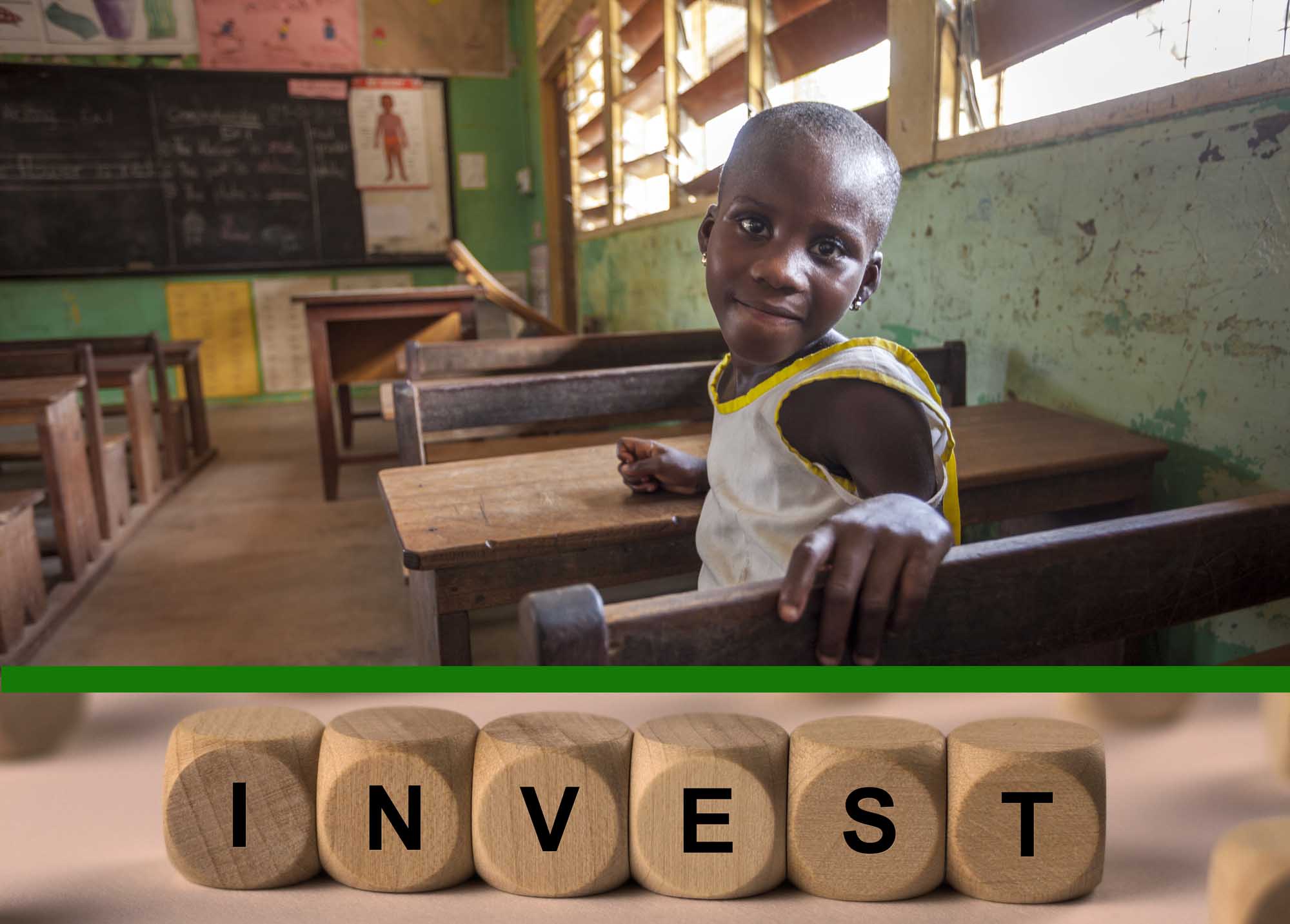Economic benefits of early childhood development investments
Introduction
Advances in neuroscience and economic studies convincingly demonstrate that early childhood experiences can have a profound impact on brain development and on the child’s subsequent learning and health as well as their financial earnings as an adult. Children who are poorly nourished and nurtured, or those who do not receive early stimulation, are likely to learn less in school and earn less as adults. For example, the 20-year study, “Labor market returns to an early childhood stimulation intervention in Jamaica” (Gertler et al, 2014) showed that disadvantaged young children who were exposed to high-quality early stimulation interventions as infants and toddlers earned up to 25 percent higher wages 20 years later as adults. Indeed, their earnings as adults were equivalent to adults who grew up in much wealthier households.
The Heckman Equation
“Early childhood development is a smart investment. The earlier the investment, the greater the return.“ — James Heckman
Video (Eng) | James Heckman: The Economics of Inequality and Childhood Education (14:49)
Similar to the findings of the Jamaican study, a number of cost-benefit analyses have been conducted that clearly indicate that early childhood programs can have a sizable impact on economic growth. Current evidence suggests that each additional dollar invested in quality early childhood programs yields a return of between $6 dollars and $17 dollars. This evidence is well summarized by James Heckman, a Nobel Laurate in Economics, in a number of scientific articles that are available on his website.
The Heckman Curve
By Paul Gertler, James J. Heckman, Rodrigo Pinto, Susan M. Chang, Sally Grantham-McGregor, Christel Vermeersch, Susan Walker & Amika Wright
“The original sample is 127 stunted children between 9 and 24 months old. Our study is able to track and interview 75% of the original sample 30 years after the intervention, both still living in Jamaica and migrated abroad. We find large and statistically significant effects on income and schooling; the treatment group had 43% higher hourly wages and 37% higher earnings than the control group. This is a substantial increase over the treatment effect estimated for age 22 where we observed a 25% increase in earnings.”
To help you make the case for the value of early investments, this one-pager quickly covers the main talking points for early childhood education (ECE) investment using Prof. Heckman’s research – invest early, long-lasting results, comprehensive programs, and the two-generation benefits of high-quality, early childhood development.
The Heckman Equation Proves the Value of Investing in Human Potential
This two-page message framework can be used to motivate policymakers and other influentials to invest in quality early childhood education for disadvantaged children. This resource can be used as a guide for crafting persuasive talking points to business leaders, policymakers or other potential advocates.
Topics & initiatives
|
|
JOIN THE CONVERSATION
For breaking news and to stay connected, follow us on social media. Sign up to get our E-News delivered straight to your inbox.







